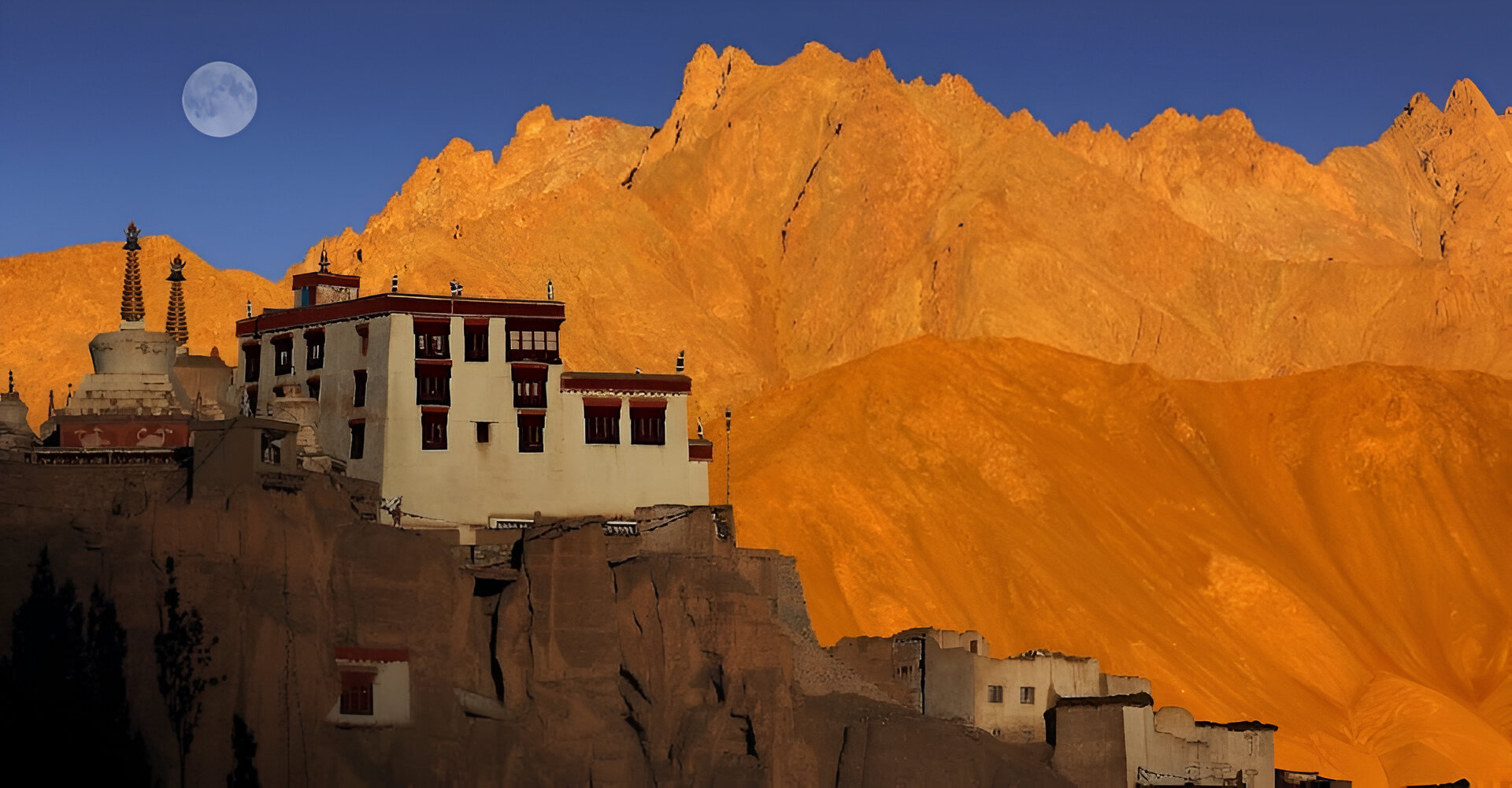Places to explore
Discover a world of exquisite travel experiences through our carefully curated destinations: from the Middle East and North Africa to the Indian Subcontinent via the Caucasus.
Immerse yourself in a rich tapestry of cultures, explore historic landmarks, and soak in breathtaking landscapes. Our expertly crafted tailor-made itineraries, luxurious accommodations, and personalised service ensure unforgettable adventures and memories that will last a lifetime.
Start your extraordinary journey with Corinthian Travel today.
The Travel Blog
Join us on our travels as we share our personal highlights and unquenchable passion for unforgettable experiences. Discover more about the hidden gems in each country we have to offer, and find advice and inspiration for your next holiday.



















